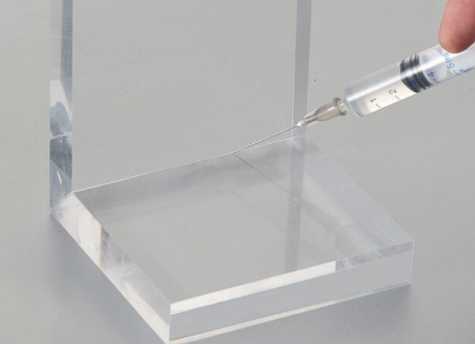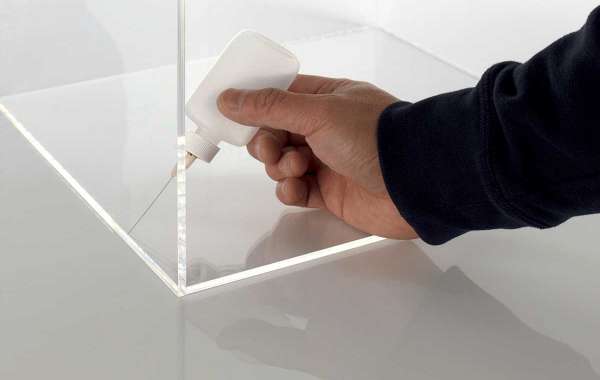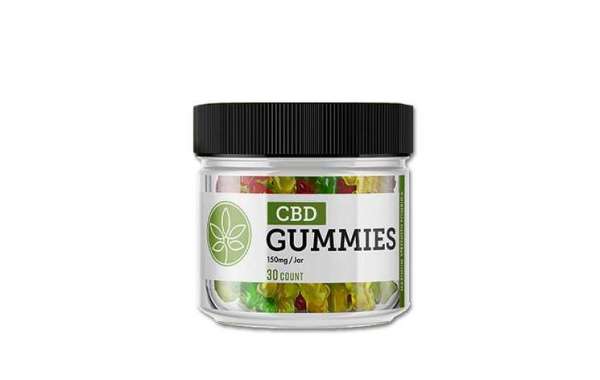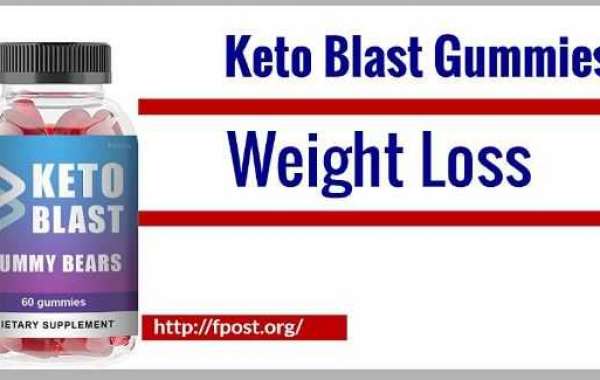What is the best adhesive for bonding Acrylic?
PMMA (polymethyl methacrylate) is a transparent thermoplastic that is frequently referred to as Plexiglas® due to its transparency.
Acrylic plastic offers excellent optical clarity, is resistant to UV rays, and is shatter-resistant in nature. In addition to being incredibly hard and lightweight, it is also machinable and can be cut into nearly any shape. Acrylic plastic is frequently used as a substitute for glass because it can tolerate exposure to inorganic acids and alkalis. The tensile and flexural strengths of this material are good.

PMMA is used in a variety of applications across a wide range of sectors. Acrylics can be used in a variety of medical device manufacturing applications, including syringes, blood filters, incubators, and IV systems, among others. They are also used in the following applications:
Instrument panels
Optical appliances
Display cases
Paneling
Optical fibers
Lenses
Thermoplastics like Acrylic can be heated to their melting point, cooled and reheated without substantial degradation. This allows them to be easily injection moulded.
PMMA has high strength, stiffness, optical clarity and resistance to UV and weathering. These properties make it ideal for many applications including windows and skylights, automotive lenses and instrument panels, medical devices and signage.
PMMA can be coloured, moulded, cut, drilled, and formed to suit the application.
Main Acrylic properties
– Surface energy: 38mJ/m²
– Maximum service temperature: 85°C
– Melting temperature: 120°C
Adhesives for bonding Acrylic
Cyanoacrylate adhesives offer rapid cure within seconds and all grades bond well to acrylics. It is important to use the cyanoacrylate sparingly or it may fog the acrylic if too much is applied. Cyanoacrylate adhesives are suitable for high speed assemblies as they do not require any mixing or curing equipment. The disadvantages of using Cyanoacrylates is the maximum gap fill is 0.5mm.

Alkoxy-ethyl cyanoacrylates can be used to reduce the powdery residue on the surface and the odour is less pungent compared to an Ethyl cyanoacrylate.
Epoxy adhesives such as two component epoxies can be used to bond acrylic. One component epoxies may not be suitable for bonding acrylics as they require heat to cure which can damage the acrylic.
MS Polymer-based adhesives can be used when a flexible bonding solution is needed.
UV Curable adhesives that have a UV/visible light cure is recommended for acrylics as most grades of acrylics are UV stabilized.








